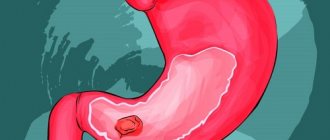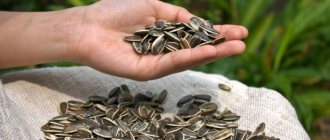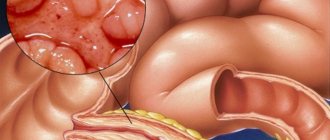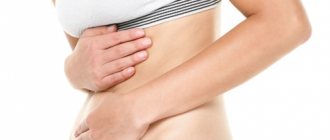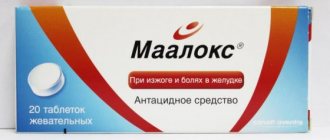Any living organism feeds on organic food, which is destroyed in the digestive system and participates in cellular metabolism. And for a substance such as protein, digestion means complete breakdown into its constituent monomers. This means that the main task of the digestive system is to destroy the secondary, tertiary or domain structure of the molecule, and then cleave off amino acids. Later, protein monomers will be carried by the circulatory system to the cells of the body, where new protein molecules necessary for life will be synthesized.
Enzymatic protein breakdown
Protein is a complex macromolecule, an example of a biopolymer consisting of many amino acids. And some protein molecules consist not only of amino acid residues, but also of carbohydrate or lipid structures. Enzymatic or transport proteins may even contain a metal ion. Most often, food contains protein molecules that are found in animal meat. They are also complex fibrillar molecules with a long amino acid chain.
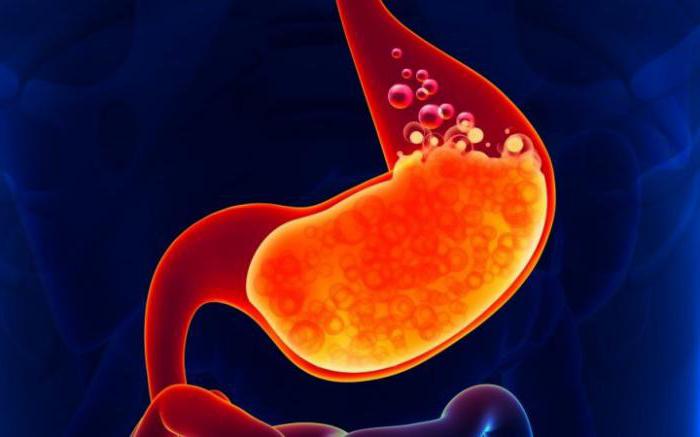
To break down proteins, the digestive system has a set of proteolysis enzymes. These are pepsin, trypsin, chemotrypsin, elastase, gastrixin, chymosin. The final digestion of proteins occurs in the small intestine under the action of peptide hydrolases and dipeptidases. This is a group of enzymes that destroy the peptide bond of strictly specific amino acids. This means that one enzyme is needed to break the peptide bond between serine amino acid residues, and another enzyme is needed to break the bond formed by threonine.
Protein digestion enzymes are divided into types depending on the structure of their active center. These are serine, threonine, aspartyl, glutamine and cysteine proteases. In the structure of their active center they contain a specific amino acid, from which they get their name.
What happens to protein in the stomach?
Many people are mistaken when they say that the stomach is the main organ of digestion. This is a common misconception, since food digestion is partially observed in the oral cavity, where a small part of carbohydrates is destroyed. This is where their partial absorption occurs. But the main processes of digestion take place in the small intestine. Moreover, despite the presence of pepsin, chymosin, gastricsin and hydrochloric acid, protein digestion does not occur in the stomach. These substances, under the action of the proteolytic enzyme pepsin and hydrochloric acid, denature, that is, they lose their special spatial structure. Also, under the influence of chymosin, milk protein coagulates.
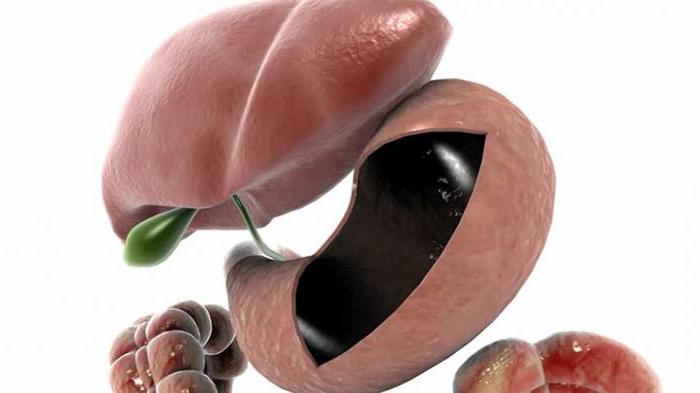
If we express the process of protein digestion as a percentage, then approximately 10% of the destruction of each protein molecule occurs in the stomach. This means that in the stomach not a single amino acid is separated from the macromolecule and absorbed into the blood. The protein simply swells and denatures to increase the number of available sites for proteolytic enzymes to work in the duodenum. This means that under the influence of pepsin, the protein molecule increases in volume, exposing more peptide bonds, to which proteolytic enzymes of pancreatic juice are then attached.
How does the evacuation of food contents from the stomach into the duodenum occur?
This is not as simple a process as it may seem! Why?
Because the release of stomach contents into the intestines (as indeed all processes occurring in our body) is subject to certain and very strict laws.
Imagine this process!
After all, in order to push a portion of food out of the stomach, the stomach muscles need to contract. At the same time, the sphincter muscles should open the exit from the stomach. And the muscles of the duodenum, at the same moment, should relax, preparing to accept a portion of food masses!
This is a complex process. But what’s even more difficult is that all this should happen only then (not earlier and not later) when the food masses are sufficiently processed in the stomach.
Gastroenterologists in Moscow
Gastroenterologists of the Moscow region
Detailed information about each doctor, photo, rating, reviews, quick and convenient appointment.
Moreover, all these muscles clearly “know” what portion of the food mass needs to be pushed out. After all, the stomach is large, it is capable of accumulating a large volume of food, which cannot be said about the duodenum. It is not big and cannot accommodate much.
And, in addition, an intensive food processing process takes place in the intestine. And for this process to be effective, food must be supplied in small, strictly defined portions.
Protein digestion in the duodenum
After the stomach, processed and carefully crushed food, mixed with gastric juice and prepared for further stages of digestion, enters the duodenum. This is a section of the digestive tract located at the very beginning of the small intestine. Here further breakdown of the molecules occurs under the action of pancreatic enzymes. These are more aggressive and more active substances, capable of breaking up a long polypeptide chain.
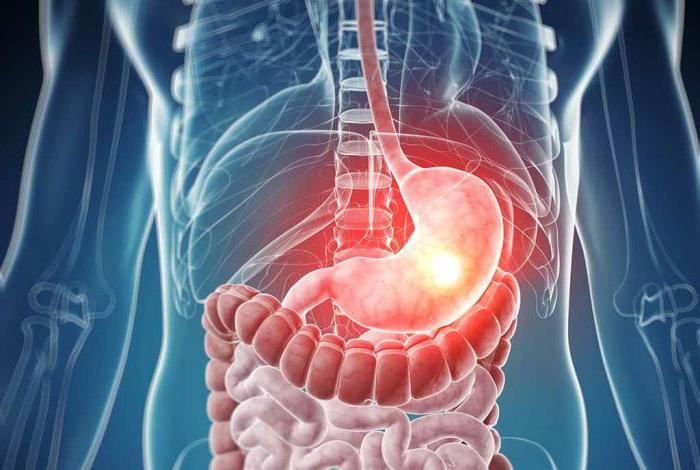
Under the influence of trypsin, elastase, chymotrypsin, carboxypeptidases A and B, the protein molecule is split into many smaller chains. In fact, after passing through the duodenum, protein digestion in the intestine just begins. And if expressed as a percentage, then after processing the food bolus with pancreatic juice, proteins are digested by approximately 30-35%. Their complete “disassembly” to their constituent monomers will be carried out in the small intestine.
§ 32. Digestion in the stomach and duodenum. Action of enzymes
Questions at the beginning of the paragraph.
Question 1. How does food get into the stomach?
From the pharynx, the food bolus formed in the oral cavity enters the esophagus. The mouth of the esophagus is equipped with circular muscles that prevent the reverse movement of food from the stomach into the esophagus. Food enters the stomach crushed and soaked in saliva.
Question 2. How does the food bolus change in the stomach?
Food enters the stomach crushed and soaked in saliva. From the outer surface of the food bolus is exposed to the action of gastric juice, and inside it the action of saliva continues. Gradually, the food bolus disintegrates and turns into a pulp, which is processed by gastric juice.
Question 3. Why are proteins digested in the stomach, but the stomach wall is not damaged?
There are many glands in the gastric mucosa.
Some of them secrete mucus, which protects the walls of the stomach from the action of gastric juice and irritating food substances on them, others secrete hydrochloric acid.
Question 4: How does food enter the duodenum?
In the middle layer of the stomach wall there is a muscular layer consisting of smooth muscles. Their reduction promotes better mixing of food and soaking it with gastric juice. Gradually, the muscles push the food pulp towards the duodenum. At the border between the stomach and duodenum there is a circular muscle - the sphincter. Periodically, it opens and allows semi-digested food into the duodenum.
Question 5. How do proteins, fats and carbohydrates change in it?
The duodenum receives pancreatic juice and bile from the liver. Under its influence, fats break down into the smallest droplets, so that their total surface area increases. In this form they become more accessible to the action of enzymes. In addition, bile activates some pancreatic enzymes, in particular trypsin, an enzyme that breaks down proteins into amino acids.
The digestive juice of the pancreas contains enzymes that break down proteins, fats and carbohydrates. Intestinal juice secreted by the rest of the small intestine acts in a similar way.
Question 6: How do digestive enzymes work?
The breakdown of food occurs under the influence of biological catalysts - enzymes, which are proteins of a complex structure. Digestive enzymes are most active at a temperature of 37-39 °C. The substance on which the enzyme acts is called the substrate. Each enzyme has specificity, that is, it acts on a strictly defined substrate. Moreover, each enzyme works only under certain conditions: salivary enzymes - in a slightly alkaline environment; stomach enzymes - in an acidic environment; pancreatic enzymes - in a slightly alkaline environment. When boiled, enzymes, like other proteins, coagulate and lose activity.
Questions at the end of the paragraph.
Question 1. How does the food bolus get into the stomach?
The food bolus formed in the oral cavity enters the pharynx, then into the esophagus and then into the stomach.
Question 2. Where is the stomach located?
It is located under the diaphragm on the left side of the abdominal cavity. Most of the stomach lies in the left hypochondrium, the smaller part is in the epigastric region.
Question 3. What function does the inner glandular layer of the stomach perform?
The glandular cells of the stomach secrete enzyme, hydrochloric acid and mucus, which protects the walls of the stomach from the action of gastric juice and irritating food substances.
Question 4. What is the importance of hydrochloric acid in the composition of gastric juice?
Hydrochloric acid creates the necessary environment for the enzyme to work and destroys harmful microorganisms.
Question 5. What is the function of the muscle layer of the stomach wall?
The functioning of the muscular layer of the stomach wall ensures mixing of food, soaking it with gastric juice, and pushing food gruel to the duodenum.
Question 6: How does food enter the duodenum?
Food enters the duodenum from the stomach through the periodically opening sphincter.
Question 7. The ducts of which digestive glands empty into the duodenum?
The ducts of the pancreas and liver flow into the duodenum.
Question 8. What is the function of bile secreted by the liver?
Bile emulsifies (breaks into small drops) fats and activates pancreatic enzymes.
Question 9. What is an enzyme? Name the digestive enzymes you know.
An enzyme is a biological catalyst that consists of specific proteins. Digestive enzymes: trypsin, pepsin, amylase, lactase, lipase.
Question 10 Will pepsin act if the hydrochloric acid of gastric juice is neutralized with alkali?
Pepsin will not act in a neutral environment. This enzyme is active only in an acidic environment.
Results of pancreatic digestion of proteins
Digestion of proteins in the stomach and duodenum is a preparatory stage that is needed for the crushing of macromolecules. If a protein with a chain length of 1000 amino acids enters the stomach, then at the exit from the duodenum there will be, for example, 100 molecules with 10 amino acids each. This is a hypothetical figure, since the endopeptidases mentioned above do not divide the molecule into equal sections. The resulting mass will contain molecules with a chain length of 20 amino acids, and 10, and 5. This means that the fragmentation process is chaotic. Its goal is to simplify the work of exopeptidases in the small intestine as much as possible.
How quickly does food leave the stomach?
Food can stay in the stomach for quite a long time: from 6 to 10 hours, and sometimes more. This depends on the volume of food taken, on its composition (proteins, fats or carbohydrates), on its consistency (liquid or thick) and on its saturation (concentration).
Liquid food passes into the intestines quite quickly, solid food is retained until it is crushed to particles 2-3 mm in size.
Carbohydrates leave the stomach the fastest, then proteins, and fats stay the longest.
The more concentrated the food masses, the longer they stay in the stomach until they are sufficiently diluted with gastric juice.
Digestion in the small intestine
For any high molecular weight protein, digestion is its complete destruction to the monomers that make up the primary structure. And in the small intestine, under the action of exopeptidases, the decomposition of oligopeptides into individual amino acids is achieved. Oligopeptides are the above-mentioned remnants of a large protein molecule, consisting of a small number of amino acids. Their splitting is comparable in energy costs to synthesis. Therefore, the digestion of proteins and carbohydrates is an energy-intensive process, as is the absorption of the resulting amino acids by epithelial cells.
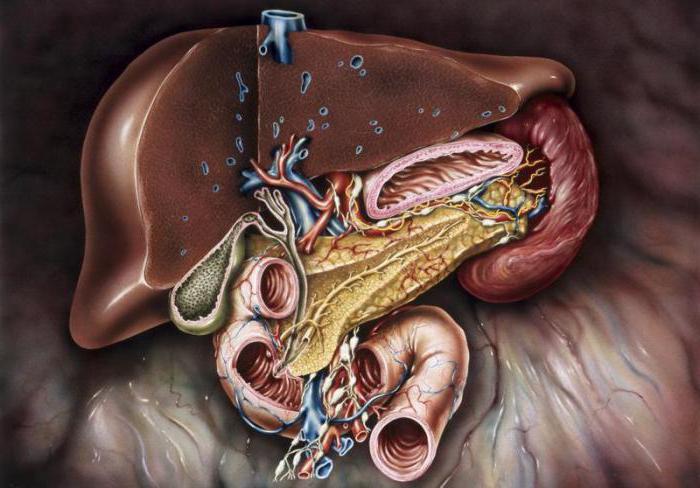
Parietal digestion
Digestion in the small intestine is called parietal, since it occurs on the villi - folds of the intestinal epithelium, where exopeptidase enzymes are concentrated. They attach to the oligopeptide molecule and hydrolyze the peptide bond. Moreover, for each type of amino acid there is its own enzyme. That is, to break the bond formed by alanine, the enzyme alanine aminopeptidase is needed, glycine - glycine aminopeptidase, leucine - leucine aminopetidase.
Because of this, protein digestion takes a long time and requires large amounts of different types of digestive enzymes. The pancreas is responsible for their synthesis. Its function is affected in patients who abuse alcohol. But it is almost impossible to normalize the lack of enzymes by taking pharmacological drugs.
Who regulates this process?
Who determines the chemical composition of food, its consistency and richness? And does it do it very quickly and accurately? Who determines the volume of food masses that can be passed from the stomach to the intestine?
Nature solved all these questions, as always, simply and brilliantly. Judge for yourself!
Gastric juice is an acidic environment, in contrast to the alkaline intestinal juice. The difference in acidity values is one of the mechanisms for regulating the flow of food from the stomach to the intestine.
After all, when food is sufficiently saturated with gastric juice and approaches the exit of the stomach, it irritates the chemical receptors of the final part of the stomach. And the stomach muscles contract, the sphincter opens, and the intestinal muscles relax.
Then the food is pushed into the intestine. Acidic contents enter an alkaline environment. And it oxidizes this environment. The more food that enters the intestine, the greater the degree of oxidation.
And now oxidation reaches the limit when it begins to irritate the receptors (special cells) of the intestine. They give a signal - and the stomach muscles relax, and the sphincter between the stomach and intestines closes. It's simple, isn't it?
But nature, when creating man, was very wise and prudent. And she “understood” well that any mechanism could fail.
So she hedged her bets. Acid is not the only regulator of food flow from the stomach to the intestines. Cells that “feel” the degree of filling and distension of the intestine also take part in this process. The duodenum was filled to a certain limit - and signals were sent that it was time to stop feeding food.
Moreover, there are even receptor cells that determine the chemical composition of food masses. If, for example, a lot of fat has been taken in, signals are sent that the food should stay longer in the stomach. Because fats require longer processing.
That is, to put it simply, there are specialized cells in the intestine that determine the acidity, volume, consistency, saturation and chemical composition of incoming food masses.
These cells carefully “gather information,” transform it and send it to the central control organ of our body - the brain. And already in the brain a decision is made and an order is given to the executive organs (in our case, the muscles and glands of the stomach, intestines and sphincter).
But how, in what way, is this information transmitted to the brain, and how do commands “reach” those for whom they are intended?
In our body there are only two ways of transmitting information: reflex and humoral.
- Reflex is the transmission of an electrical impulse along nerve cells. This impulse originates in a small cell, sensitive to changes in volume, pressure, chemical composition, etc. This impulse is then transmitted along nerve pathways to the brain. And here a new impulse is already emerging, which carries information-an order to the body that must carry out this order.
- The second way is humoral. This is the transfer of information through the production of certain substances. The contents of the duodenum have become too oxidized, and its special cells immediately begin to produce a substance that people call enterogastrin. This substance is absorbed into the blood, reaches the muscles and glands of the gastrointestinal tract and gives them an order: stop the release from the stomach into the intestine, close the sphincter!
Well, I think that we have successfully overcome this difficult transition from the stomach to the duodenum. Now you should carefully look around and understand what is happening here, in the very beginning of the small intestine?
This is what we will do in the next article! See you and all the best to you!


